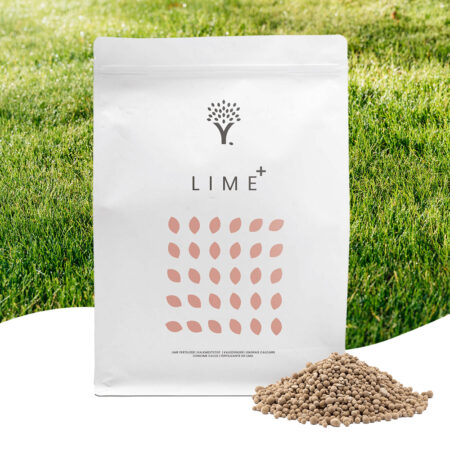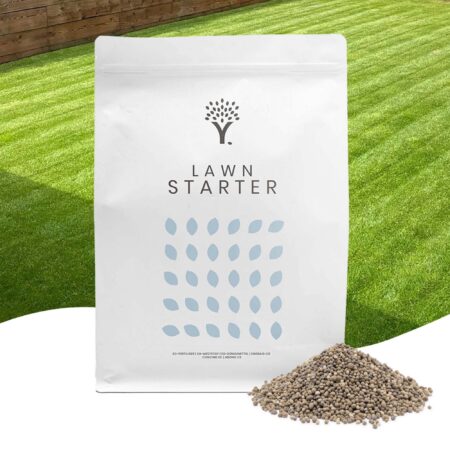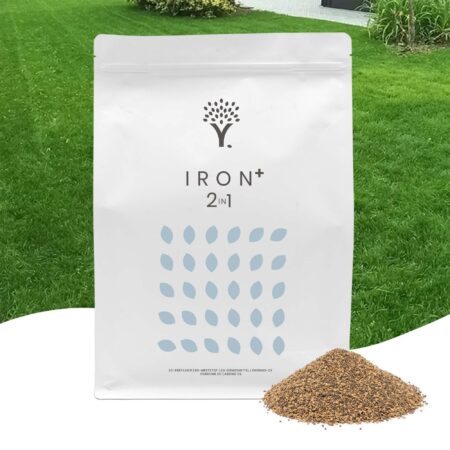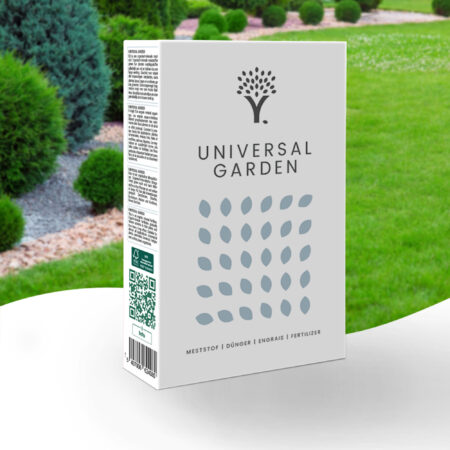Log in or create new account to save this product to your wishlist.
Lawn feed
Discover MOOWY's versatile range of lawn feed fertilisers, suitable for every soil type and various applications. From cold winters to hot summers, from playful children to pets, your lawn undergoes a lot. Fertilise your lawn and give the soil the attention it deserves.


- Order by 2PM = shipped today
- 250.000+ satisfied customers!
- 60 day satisfaction guarantee

- Order by 2PM = shipped today
- 250.000+ satisfied customers!
- 60 day satisfaction guarantee



- Order by 2PM = shipped today
- 250.000+ satisfied customers!
- 60 day satisfaction guarantee

- Order by 2PM = shipped today
- 250.000+ satisfied customers!
- 60 day satisfaction guarantee
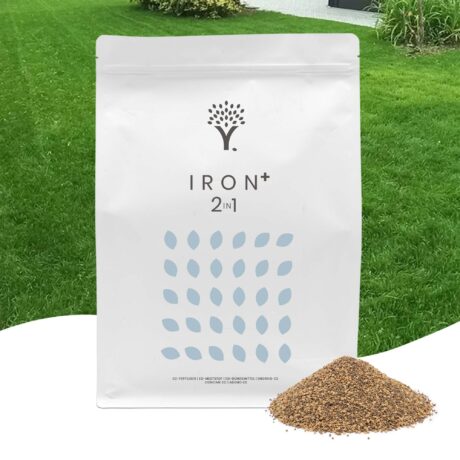
- Order by 2PM = shipped today
- 250.000+ satisfied customers!
- 60 day satisfaction guarantee

- Order by 2PM = shipped today
- 250.000+ satisfied customers!
- 60 day satisfaction guarantee

-
Why do you need to fertilise your lawn?
Fertilising is essential for a healthy lawn. Learn more about fertilising here.
-
My lawn fertiliser is not working. Why not?
Lawn care is dependent on the weather – requiring the right temperature and moisture levels before it activates fully. It may take a few extra days before the fertiliser works depending on the ambient conditions.
-
How do I know what fertiliser my lawn needs?
Make sure there are enough nutrients in the soil by fertilising the lawn four times a year. Our fertilisers are specially tailored to deliver the precise nutrient requirements of your lawn for each season.
Use this as a seasons guide:
Spring: Spring Boost lawn fertiliser.
Summer: Long lasting lawn fertiliser.
Early autumn: All-round lawn fertiliser.
Autumn: All-round lawn fertiliser.
-
Why does my lawn need lime?
Most soils become acid from the natural breakdown of organic matter. Lime restores the acidity level (pH) of overly acid soil. When the pH is right, the grass absorbs nutrients better. Lime, therefore, ensures that your soil absorbs fertilisers better.
-
When and how often should I spread lime?
Lime binds to nitrogen. If you spread lime and fertiliser too closely together, they bind to each other, and you lose the effect of both. Leave at least three weeks between liming and fertilising.
-
What is the ideal pH value for my lawn?
The right pH value is between 5.5 and 6.5.
-
I am afraid that I have spread too much fertiliser. What can I do about over-fertilisation?
Over-fertilisation can cause unsightly burnt spots in the lawn due to the sun. When in doubt, spray the lawn extra well with a large amount of water after fertilising to ensure that the soil immediately absorbs as much lawn feed as possible.
-
Can I fertilise the lawn with compost, mushroom manure or worm manure?
Compost, cow manure or mushroom manure are soil improvers – good for a humus-rich soil. However, they don’t provide enough nutrients to the grass to replace fertiliser. Therefore, use good soil mixed with compost when creating a lawn or top dressing, but also fertilise the lawn three to four times a year with our fertilisers.
-
Are the fertilisers harmful to my pet?
Our fertilisers are harmless to pets. However, we do recommend watering the lawn immediately after fertilising. This ensures that the soil absorbs this pet friendly lawn feed
more quickly. -
How can I set my spreader correctly?
We do not specify settings for spreaders, as the quantity of spread depends on other factors, such as walking speed and walking pattern. For best results: Calculate how much fertiliser you need for the size of your lawn, and divide it into two equal parts. Set the spreader to one of the lowest settings, put the first half in the spreader and walk the entire lawn lengthways. Add the second half of the fertiliser (even if you have some fertiliser remaining). Adjust the spreader to a slightly higher setting, and cover the entire lawn widthways. If you still have fertiliser left over, walk diagonally, spreading the remainder. You can also do this up to three times to spread it evenly.
Buying lawn feed at MOOWY
Whether it’s renovation, moss control, or emerging from winter slumber, MOOWY provides the best lawn fertilisers for your lawn. Explore the crucial reasons for fertilisation, the variety of fertilisers available, the right timing for fertilisation, and how to apply them.
Why fertilise your lawn?
A lawn requires more than just oxygen and water; it needs nourishment in the form of lawn fertilisers. By providing your lawn with fertiliser, you enhance the soil, combat weeds, and stimulate grass growth. You’ll notice that your lawn becomes healthier and stronger, significantly improving its appearance throughout the year.
Why buy MOOWY’s lawn feed?
At MOOWY, you’ll find various types of lawn fertilisers, each designed to meet the specific needs of your lawn, adapted to different seasons. Our fertilisers contain essential components: nitrogen (N), phosphorus (P), and potassium oxide (K) in varying proportions. Our lawn fertilisers are child- and pet-friendly, odourless after use, and ensure a beautiful, immediately walkable lawn. We guarantee the most well-cared-for lawn you’ve ever had!
Types of lawn feed
You might wonder how to best nourish your lawn. Luckily, our products come with detailed instructions to help you achieve the maximum results. Choose the right lawn fertiliser for your grass and soil type.
Fertiliser for a new lawn
Give your new lawn the best start with this fertiliser. Ideal for newly seeded lawns or laying new sod, it promotes the development of young grass and establishes a strong foundation for your lawn.
Spring boost lawn fertiliser
For rapid and healthy growth, strong roots, and improved resistance, especially after winter. Perfect after dethatching for a quick recovery of your turf. Give your lawn a boost at the beginning of spring.
Long-lasting lawn fertiliser
Ideal for busy schedules. Nourish your lawn for at least 90 days, prevent excessive growth, and reduce the need for frequent mowing. Excellent for summer and autumn.
All-round lawn fertiliser
Protects your lawn from sun, playing children, pets, and events. Provides your lawn with the support it needs to recover and enter winter well-prepared. Suitable for use throughout the year, except in frost.
Lawn lime
Make the soil less acidic and optimise the absorption of fertilisers by spreading lime. Result: better grass growth and less chance of moss. Use throughout the year, preferably a few weeks before spring, summer, and/or autumn fertilisation.
Iron sulphate
Quickly and safely suppress moss with this fertiliser containing iron sulphate. Improves the cell structure of the grass plant, makes the grass more resistant to dethatching, and provides a quick colour boost for a deep green lawn. Ideal for moss removal and lawn recovery after winter.
How much lawn fertiliser do you need?
The required amount of lawn food depends on the instructions on the packaging. Manufacturers provide detailed guidelines, such as the recommended amount per square meter. Evenly spreading the fertiliser over the lawn is common, with variations based on the type of fertiliser, composition, season, and lawn condition. Read the instructions on the packaging carefully for accurate information.
What to consider when buying lawn fertiliser?
If you want to buy grass feed, there are several essential points to consider.
Composition
Check the composition of the fertilisers and select based on the specific needs of your lawn, such as restoration work or general care.
Season and needs
Choose based on the season and the specific needs of your lawn. Whether it’s repairing damaged grass or general care, select fertilisers that fit your lawn’s situation.
Packaging
Ensure that the packaging is well-sealed to maintain quality and prevent mould formation.
How long does lawn fertiliser keep for?
The shelf life of lawn fertiliser can vary depending on the type of fertiliser and its specific formulation. Here are some general guidelines:
Synthetic Fertilisers:
In sealed and well-closed packaging, synthetic fertilisers can last for several years. Store them in a cool, dry place to prevent moisture absorption.
Organic Fertilisers:
Organic fertilisers typically have a shorter shelf life than synthetic fertilisers. Organic fertilisers may clump or lose effectiveness if they absorb moisture.
Liquid Fertilisers:
Liquid fertilisers usually have a longer shelf life. Store liquid fertilisers in a cool place, protected from direct sunlight.
Always consult the product information on the packaging for specific details about the shelf life of the lawn fertiliser you are using.
When and how to fertilise the lawn?
Fertilise your lawn approximately 3 to 4 times a year: in spring, early summer, possibly late summer, and finally, in autumn. In spring, give your grass a boost after winter, keep it beautiful during dry periods with summer fertilisation, and prepare it for winter with autumn fertilisation.
Use different types of lawn fertilisers with varying NPK ratios for each season to prevent brown spots. For fertilising your lawn, you can use a hand spreader or broadcast spreader for even distribution. First, spread in vertical and then in horizontal stripes to ensure you don’t miss any areas. If your lawn is dry, spray immediately after spreading for optimal absorption, and if rain is expected, fertilise a few hours before the anticipated shower.
Want to know more about fertilising the lawn? Read about it here.



